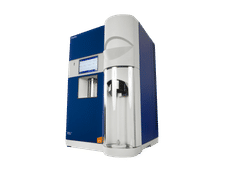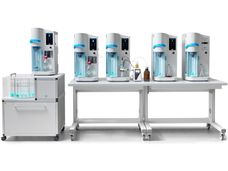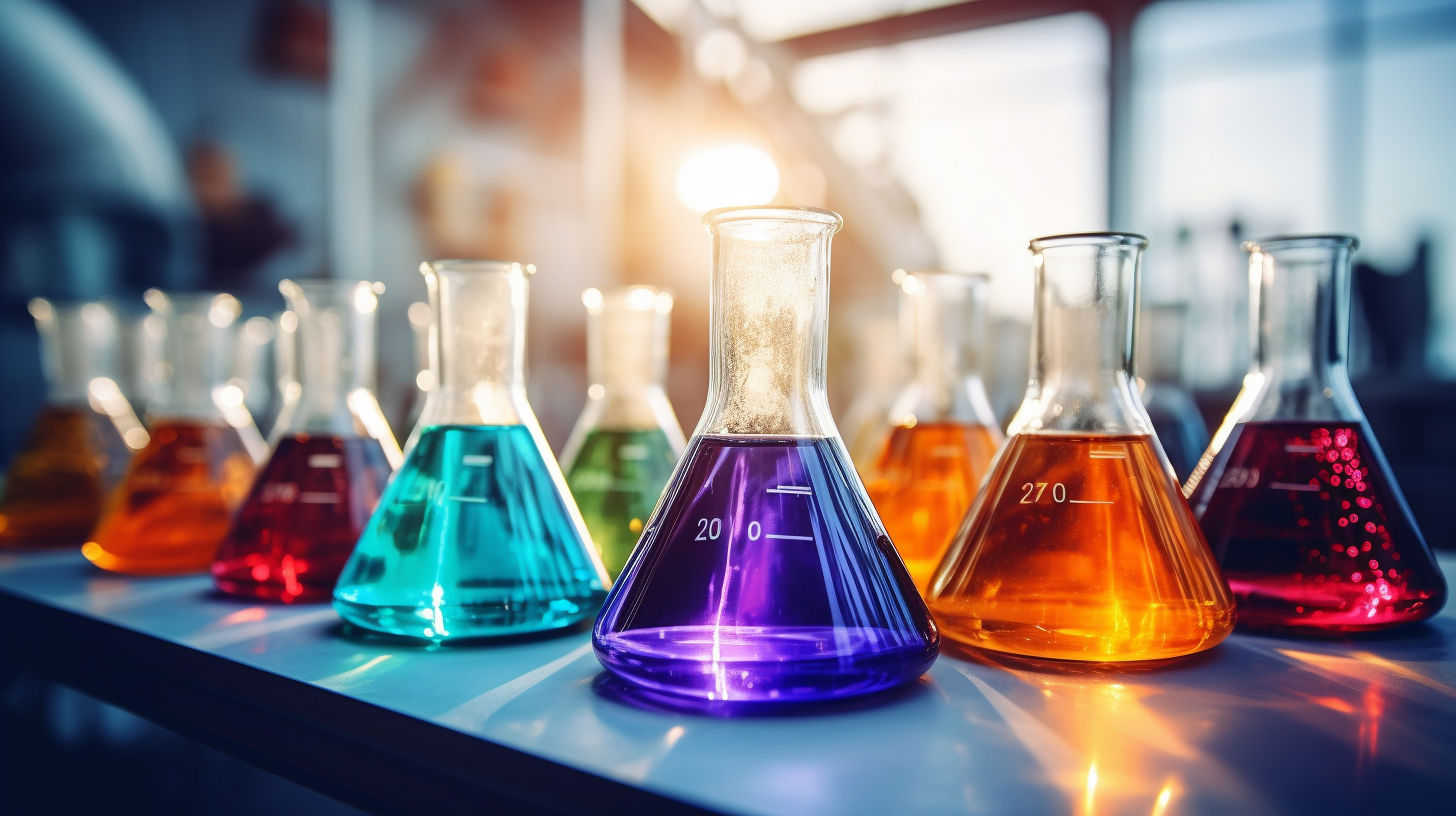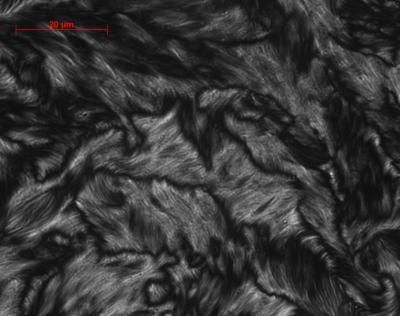Monitoring ligand binding for material analysis through the use of HR-US Titration analysis
Ultrasonic Scientific Ltd. presented a method to monitor ligand binding for material analysis through the use of HR-US Titration analysis . According to the company, this novel technique is capable of analysing molecular bindings with or without minimum sample preparation in both dilute and concentrated samples as well as in the original sample without immobilising and dilution. It is extremely sensitive, non-destructive, can be used in non-transparent dispersions and requires small sample volumes down to 0.04 mL.
A ligand binds on a macromolecule's surface by intermolecular forces. Ligand binding is a process of particularly high importance as a wide variety of physiological processes are the reflection of ligand interactions with macromolecules, especially with proteins or nucleic acids. Ligand binding is usually reversible and leads to a structural rearrangement of the molecules in question thus altering their susceptibility to participating in other types of chemical reactions.
The HR-US Titration systems operation is based on the precision measurements of velocity and attenuation of the ultrasonic waves propagating through the analysed sample. Ultrasonic velocity provides information on the high-frequency elasticity of the sample, which is determined by intermolecular forces and is extremely sensitive to any change in hydration, molecular structure of the sample and conformation of polymers. Ultrasonic attenuation is determined by the energy losses in the ultrasonic wave and allows analysis of particle size, kinetics of fast chemical reactions and aggregation.
Topics
Organizations
Other news from the department science
These products might interest you

Kjeltec™ 9 Analyser by Foss
Fully automated Kjeldahl analyser with advanced digital capabilities
Accurate results with fast turnaround time and easy data handling

UDK Series: Automatic and Semi-Automatic Distillation and Titration Units by Velp Scientifica
Kjeldahl analyzer for easy and accurate N/Protein determination
Wide range of distillation and titration units for the highest throughput and safety standards

Get the chemical industry in your inbox
By submitting this form you agree that LUMITOS AG will send you the newsletter(s) selected above by email. Your data will not be passed on to third parties. Your data will be stored and processed in accordance with our data protection regulations. LUMITOS may contact you by email for the purpose of advertising or market and opinion surveys. You can revoke your consent at any time without giving reasons to LUMITOS AG, Ernst-Augustin-Str. 2, 12489 Berlin, Germany or by e-mail at revoke@lumitos.com with effect for the future. In addition, each email contains a link to unsubscribe from the corresponding newsletter.
Most read news
More news from our other portals
See the theme worlds for related content
Topic world Titration
The process of titration gives us the possibility to determine the exact concentration of a substance in a solution. Whether in drug manufacturing, environmental chemistry or quality control, this method allows us to ensure that our findings and products are accurate and reliable.

Topic world Titration
The process of titration gives us the possibility to determine the exact concentration of a substance in a solution. Whether in drug manufacturing, environmental chemistry or quality control, this method allows us to ensure that our findings and products are accurate and reliable.



























































